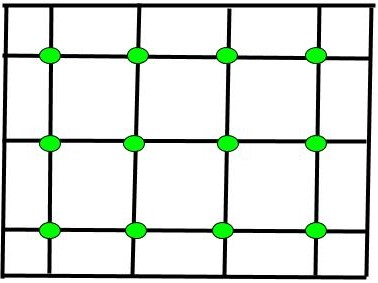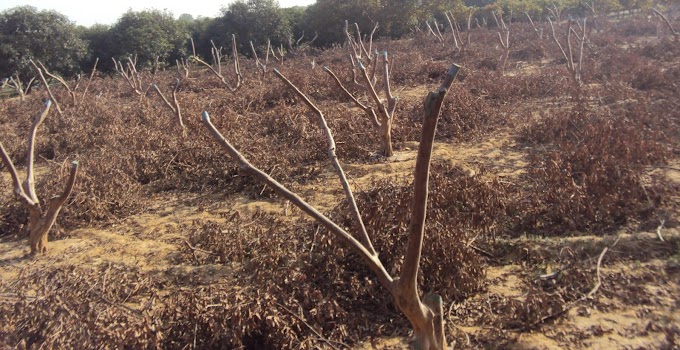Methods of Pruning:
1. Pinch pruning or pinching: The removal of apical or terminal buds by hands deliberately to encourage lateral buds’ growth is termed pinching.
2. Thinning: The removal of excess vegetative growth and undesirable plant parts to open the plant canopy is known as thinning.
3. Heading back: The removal of a terminal portion of a branch to a lateral bud by cutting is termed as heading back. A branch or shoot is shortened in heading back that encourages lateral branching.
4. Thinning out: The removal of the complete branch to a lateral or main trunk is called thinning out. In thinning out entire branch or shoot is removed from its origin.
5. Notching: The removal of a wedge-shaped bark piece from above the bud to make a notch is called notching.
6. Nicking: The removal of a wedge-shaped bark piece from below the bud to make a notch is called nicking.
7. Girdling or ringing: The removal of a circular ring of bark (Phloem) of about 2.5 cm length is
termed girdling. It is practiced in the grape to improve berry quality.
termed girdling. It is practiced in the grape to improve berry quality.
Time and extent of Pruning:
The pruning must be done at the appropriate time. The plant's flower on the current season growth should be pruned before flowering when plants remain dormant. On the other hard the plant's flower on the previous season growth is pruned after flowering and fruiting. The plants should not be pruned when sap production and flow is at its peak. In addition to dormancy flowering and bearing habit, the shoots maturity required for flowering, location of fruit buds and internodes should also be considered when deciding the pruning. The extent of pruning depends on the growth and bearing habits of the fruit trees.












